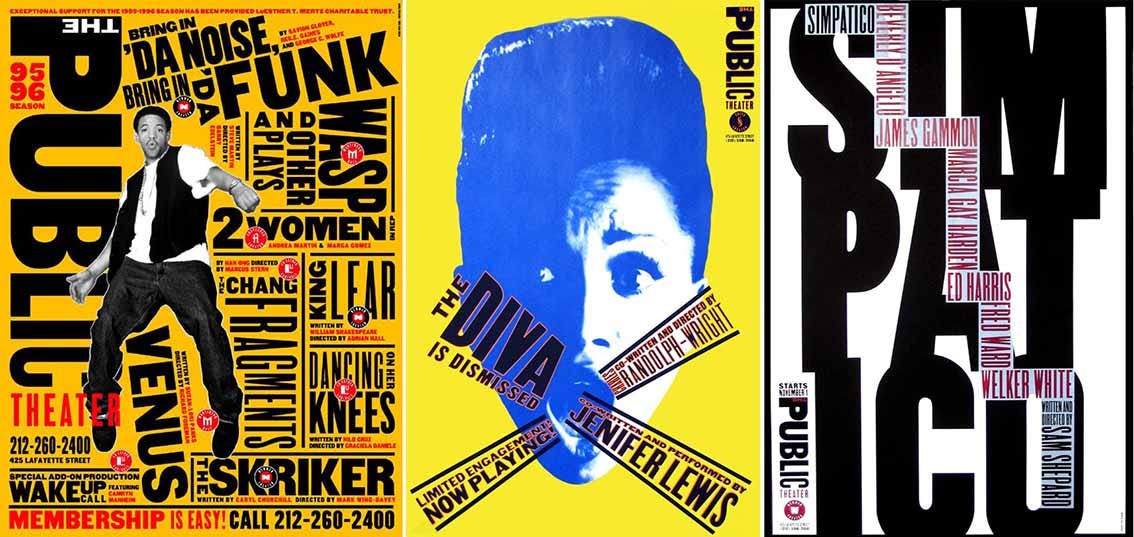The art of breaking rules: Designing outside the box
Challenging traditional notions of design to create truly innovative and inspiring work.
Welcome to Learn Primitives!
Here's what you'll learn:
Is balance necessary in design?
Practicality is overrated.
Embrace the power of creativity.
and much more…
Let’s dive in…
Design is a delicate balance between creativity and practicality, or so we've been told.
But is this balance really necessary?
What if we've been approaching design all wrong?
Let's face it, practicality is overrated. We've become so focused on creating designs that are functional and efficient that we've lost sight of the true potential of design. Design should be about pushing boundaries, taking risks, and creating something truly innovative and inspiring.
So, let's challenge the notion that design must always be practical. Let's embrace the power of creativity and use it to create designs that are not only aesthetically pleasing but also emotionally resonant. Let's create designs that make people feel something, that inspire and challenge them.
Here are a few "rules" that we're challenging you to break:
Practicality is the only consideration when creating a design.
Designers should be afraid to take risks and push boundaries.
Creativity is less important than practicality.
Design should only be aesthetically pleasing and not emotionally resonant.
Design is only about creating something functional and efficient.
By challenging these rules, designers can break free from limitations and explore new possibilities in their work. It's important to strike a balance between practicality and creativity, but not at the expense of truly innovative and inspiring design. So, let's embrace the power of creativity and push the boundaries of what's possible in design.
Of course, we're not saying that practicality isn't important. But it shouldn't be the only consideration when creating a design. Let's strive for a balance between practicality and creativity, but let's not be afraid to lean more heavily toward creativity when the situation calls for it.
Here are a few of our favorite designers who have successfully broken rules:
David Carson
Known for his unconventional use of typography, Carson has pushed the boundaries of traditional design. Self-taught, resolutely grid-free, and unafraid to speak his mind (he's also very funny), Carson's work made designers realize that editorial layouts didn't have to stick to the rules around image placement, consistent typography, or doggedly flowing copy issue after issue.
Paula Scher
Scher is known for her bold, expressive typography and her willingness to break free from the norm. She is one of the most acclaimed graphic designers in the world. She has been a principal in the New York office of the distinguished international design consultancy Pentagram since 1991, where she has designed identity systems, environmental graphics, packaging and publications for a wide range of clients.
Stefan Sagmeister
Sagmeister is one of my favorite controversial artists of all time. His designs often include provocative images and unexpected typography. He makes type come alive—sometimes almost literally. He takes type and fashions solutions that are visually dynamic expressions, above and beyond the actual meaning of the words. He will on occasion use a human canvas—whether himself or others—with striking results
What do I do to prioritize creativity?
One of the notable approaches I do is to engage in continuous exploration and experimentation in my design process, rather than relying on preconceived ideas. Another is to work on practical applications in various fields where creativity is valued, such as painting, exploring new tools, writing, branding, and marketing. By taking time away from work and engaging in personal creative projects, it helps me to recharge and gain new perspectives and insights that can inform their work.
These approaches have practical applications in various industries where creativity is valued, such as graphic design, advertising, branding, and marketing. By prioritizing creativity and continuously exploring new ideas and possibilities, it forces us to develop innovative and effective solutions that stand out in the market.
Finally, I love to focus on the emotional impact of design which also has practical applications in fields such as product design and user experience design. By considering how design can evoke emotional responses in users, we can create products and experiences that are more engaging and memorable.
Thinking outside the box, pushing outside the box, and exploring new creative mediums help to prioritize creativity and help apply them in many practical ways in various industries and fields, helping us to develop fresh and effective solutions to complex problems.
So, designers, let's break free from the limitations of practicality and embrace the limitless possibilities of creativity. Let's push the boundaries of what's possible and create designs that truly stand out.
What do you think? Are we too focused on practicality in design? Let's start a conversation and see where it takes us.
Until next week!
Pascal & Mitchell
Hey, Mitchell & Pascal here! Thanks for checking out this week’s free edition of the Shaping Design newsletter. We strive to send you the best tips and our very own unique perspective each week. Subscribe to get each article!
If you enjoy this newsletter, we’d love to know!







